December 12, 2022
New study claims people who can work remotely come into the office for less than two days a week
 A global study of 220 offices in 33 countries, representing nearly 250,000 employees, has revealed that hybrid working is becoming established as the norm for those who can work remotely. Those people now come into the office an average of just 1.5 days a week, versus nearly four days a week before the Covid-19 pandemic. AWA’s second Hybrid Working Index study, conducted between September and November this year, found that on average people go into the office 29 percent of the time. Among employers surveyed in both the first study, in the summer, and this one, attendance was steady at around 25 percent. (more…)
A global study of 220 offices in 33 countries, representing nearly 250,000 employees, has revealed that hybrid working is becoming established as the norm for those who can work remotely. Those people now come into the office an average of just 1.5 days a week, versus nearly four days a week before the Covid-19 pandemic. AWA’s second Hybrid Working Index study, conducted between September and November this year, found that on average people go into the office 29 percent of the time. Among employers surveyed in both the first study, in the summer, and this one, attendance was steady at around 25 percent. (more…)





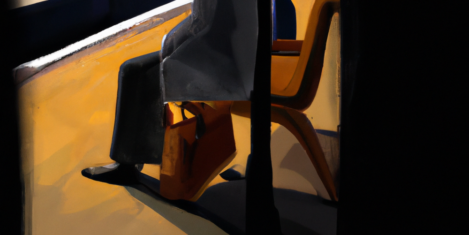
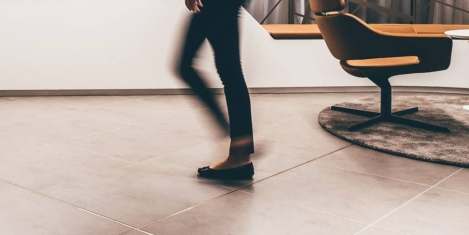
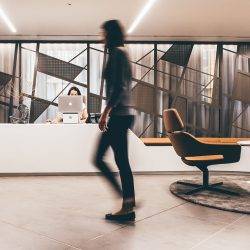
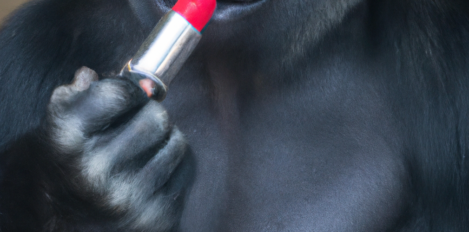
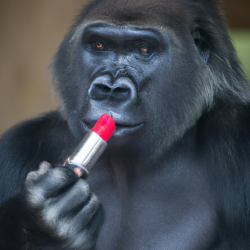
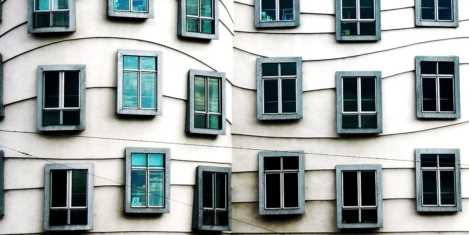
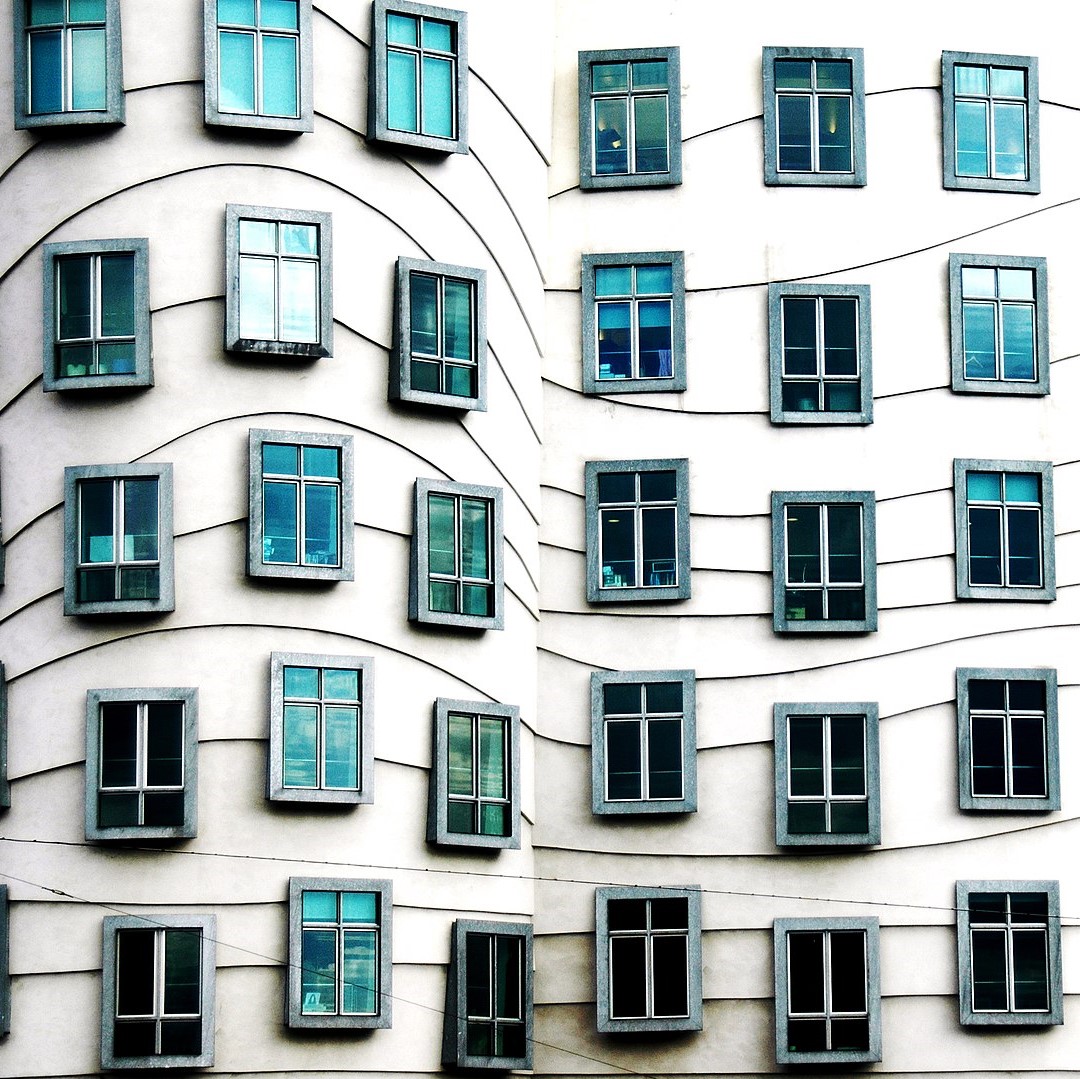


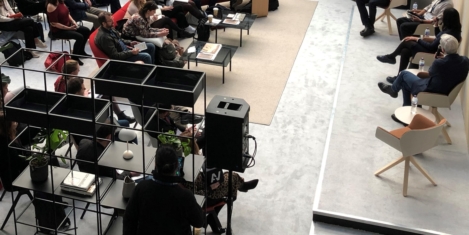
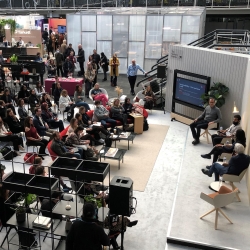
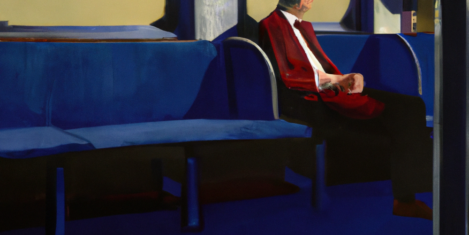
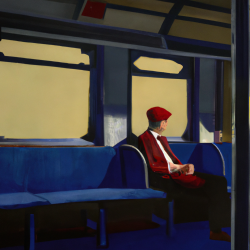
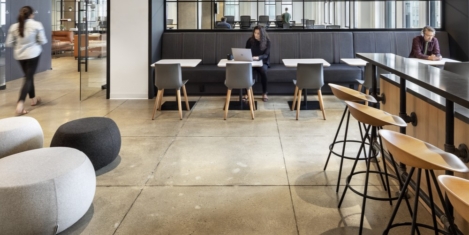
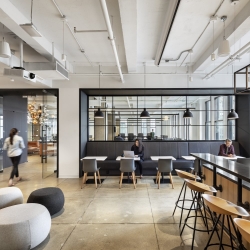


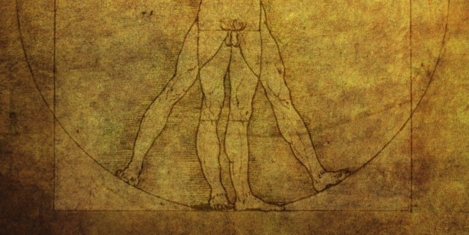
 An idea that has never really gone away, but which seems to be enjoying a new lease of life is the tabula rasa. The conception of people as a blank slate is something a that has crept back into mainstream political and social thought for a variety of reasons. Arguably, it is also behind many of the most misleading notions about work and workplace design, perhaps most importantly that a change to some single element or characteristic of a working environment will lead to a specific outcome in the behaviour of people.
An idea that has never really gone away, but which seems to be enjoying a new lease of life is the tabula rasa. The conception of people as a blank slate is something a that has crept back into mainstream political and social thought for a variety of reasons. Arguably, it is also behind many of the most misleading notions about work and workplace design, perhaps most importantly that a change to some single element or characteristic of a working environment will lead to a specific outcome in the behaviour of people. 










December 9, 2022
The Great Relearning about the Great Office Problem
by Mark Eltringham • Comment, Flexible working, Technology, Workplace design